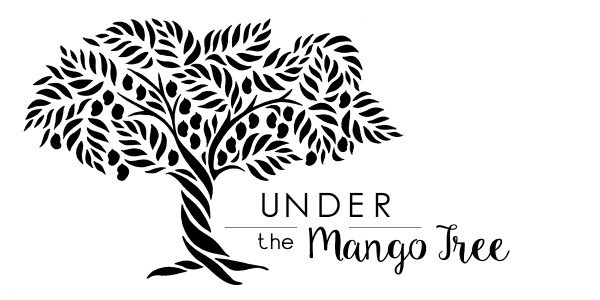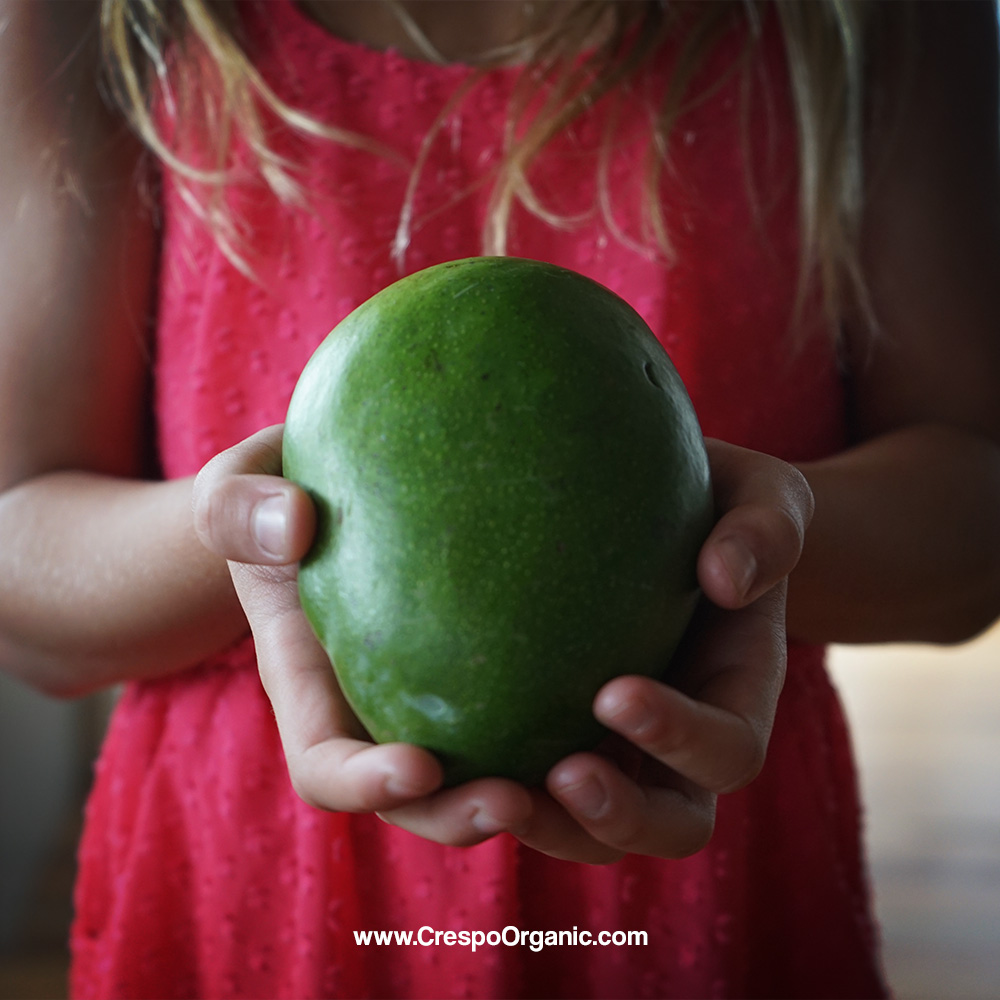Off-Shore (& California) Starts Now!
Typically, I write crop reports through the lens of organic mangoes. Sometimes the information overlaps with conventional, sometimes it doesn’t—but my goal is always to give the clearest picture of what’s happening in organics by considering the entire category and industry, focusing on the origin of the moment and the market nuances that matter to those buying and selling organic fruit.
As we enter the final 10(ish) days of harvest for the Mexican mango season, the industry faces a gigantic transition—especially on the organic side, as volumes will continue to drop sharply. While the conventional side shifts into off-shore Brazilian fruit, with its own complications, which I’ll address, the organic supply narrows to the much smaller niche crop of California Keitts. After nine months of steady organic volume out of Mexico, we now head into the desert—literally, with the Coachella Valley where the Keitts are grown, and figuratively, as availability shrinks to almost nothing in comparison.
Mexico
Mexico is wrapping quickly, just as I reported it would. This coming week will generally mark the last of the picking. Volumes are dropping sharply, and they’re doing so with demand at an all-time high—a constant challenge in the mango business lately, organic or conventional. Mass-market retailers in particular have continued to stretch mango programs earlier and later in recent years, making the start and finish of Mexico’s season especially difficult in terms of fulfillment. Farmers have responded by growing more to meet these demands, but in the end the crop does what it does.
This season, weather has generally cooperated in Mochis, with drought conditions keeping fruit from sizing up too big. In contrast, significant rains in southern Sinaloa forced many growers to either stop packing altogether or shift conventional fruit into irradiation to do what they could to fill orders due to potential rain and hot water bath quality issues. The Mochis season, however, is closing because of that drought resulting in faster-than-usual maturation. The fruit has to be picked, and while some has been held back, it can only be held so long. We expect next week to mark the final picks, extending fulfillment at the border maybe a week after. Many conventional players initially insisted they’d stretch another week, but most are now more realistic—closer to what I’m reporting here again. Anything can happen, sure, but reality is settling in for all of us.
For the Crespo Organic crop, we are fully in the non-treated Mochis fruit, sizing is averaging 5-6-7ct, we’re keeping pricing stabilized, but this is the end. Many retailers will either move into the California Keitt crop or drop the organic SKU altogether. Unlike the conventional side—which, despite its own set of struggles, has access to a general abundance of fruit—the organic side has only the small California crop to lean on.
So, let’s start there and then I’ll give you what I know about the conventional off-shore deal.
California Keitts
From the various reports I’ve been given, mostly by distributors and retailers, California Keitts are starting this week, literally they are packing the first boxes now. Sizing and quality information is not full clear at this onset.
California Keitt mangoes are grown in the Coachella Valley- the organic mangoes today are sold by Anthony Vineyards, a program previously sold through Corona College Heights Orange & Lemon Association (CCH), primarily from growers like Ag Accounting and, earlier, Three Flags Ranch.
Howard Marguleas was the first to plant commercial mango orchards in California’s Coachella Valley, starting in the mid-80s after seeing success with mangoes in Israel. He tested dozens of varieties before landing on the Keitt, which proved best suited for the less tropical dry desert climate. That decision set the course for California’s small but steady mango story, with Howard’s orchards leading the way and laying the foundation for the state’s niche organic Keitt crop. Howard has since passed away, but his legacy remains rooted in California’s mango history.
Others, like Three Flags Ranch—another original significant player—followed soon after Howard Marguleas, around 1988. With about 150 acres of Keitts, they became one of the valley’s anchors. Like everyone farming in the desert, their crops were always at the mercy of weather: some years strong, others dropping dramatically under extreme conditions. Still, they helped prove that California could produce mangoes at scale, giving the state’s tiny mango industry another foothold alongside Howard’s pioneering orchards.
Growing mangoes in the Coachella Valley has never been easy. The challenges are constant—intense desert heat, surprise cold snaps, water and salinity issues, and the ongoing push and pull of labor and regulations and rising costs we all face but particularly in California.
Climate change has only heightened the strain: rising temperatures, prolonged droughts, and shrinking Colorado River supplies have made water less reliable, while higher evaporation leaves salts concentrated in the soil, demanding even more water to flush. Water shortages are now a defining reality for growers in the valley, adding to the difficulty of producing fruit in the desert. Add in pests and the realities of farming in a region under constant development pressure, and the desert quickly shows its weight. Just a reminder that no matter where we grow, this business is full of challenges.
I’ll report more on Keitt mangoes and dive deeper into the challenges this region faces, particularly salinity and water issues, as the season progresses. Anthony Vineyards notes fruit should be available through the end of October.
Brazil
Brazil has started, and as we all know, with tariffs of 50%. This is one of the most significant tariff issues the mango industry has seen since your president implemented tariffs. Considering the U.S. only receives conventional mangoes from Brazil, most of the country’s organic-certified fruit is positioned in regions without USDA hot water baths, so it all gets sent to Europe. One not-so-smart guy tried to fudge that last year at the onset and ended up shutting several packhouses down for most growers. Shadiness is rampant right now—that’s what desperation does.
Importers on the conventional side are scrambling to get more Brazilian fruit, and I’ve been told some reports have double-digit FOB Philly prices. As Mexico runs out, the pressure builds, and it’s unprecedented what to do about the high prices. No one really knows how to contract for the coming months—everyone is confused.
The Brazilians, for their part, who surely feel a big FU to the U.S., don’t have as much power since the Spanish crop is rather large this year and set to dominate Europe. The Brazilians will have to weigh which continent fetches the best price, which brings a certain amount of volatility to US programs, which often rely on low-priced, high-volume contracts. Since Brazilian fruit arrives by ship, there is a lot of risk, unpredictability and a general confusion in the air.
Ecuador
The Ecuadoran crop is running late. My first notice though is that there seems to be more people claiming access to organic product than the actual quantity of certified orchards from what I see and know. I imagine everyone is just scrambling to get business, and their 15% tariffs create a bit more desperation (there’s that shadiness again) as they do everywhere they exist, 15% compared to Brazil’s 50% seems great but they are excessive for an industry than never had to pay them. It’s obviously too early to tell what quality will be like, which can be more volatile in some of Ecuador’s extra-humid growing regions. I’ll report back on Ecuador as we get closer—I imagine the real organic volumes will appear once folks have to start booking packers and boats.
One thing I hear from the conventional side—and I worry it could play out in organics too—is that there may be some desperation to pick Ecuadoran fruit early, given the market shortages. That’s something I’ll be keeping an eye on in my reports. Something we all should.
Peru
Rumblings of a smaller crop are circulating. It’s still too early to know for sure, but my Peruvian sources suggest overall volume may be down. I’ll gain more clarity as I wrap up the Mexican season and shift focus to deeper investigations in both Ecuador and Peru.
As we move into the offshore season and Crespo settles into its off-season and peak dried mango season, I’ll continue to report on all things mangoes from any region, organic mostly. If you have something newsworthy to share, reach out—I plan on doing some written and video features with few organic growers in Ecuador and Peru. Contact me at Nissa@ger-nis.com.



